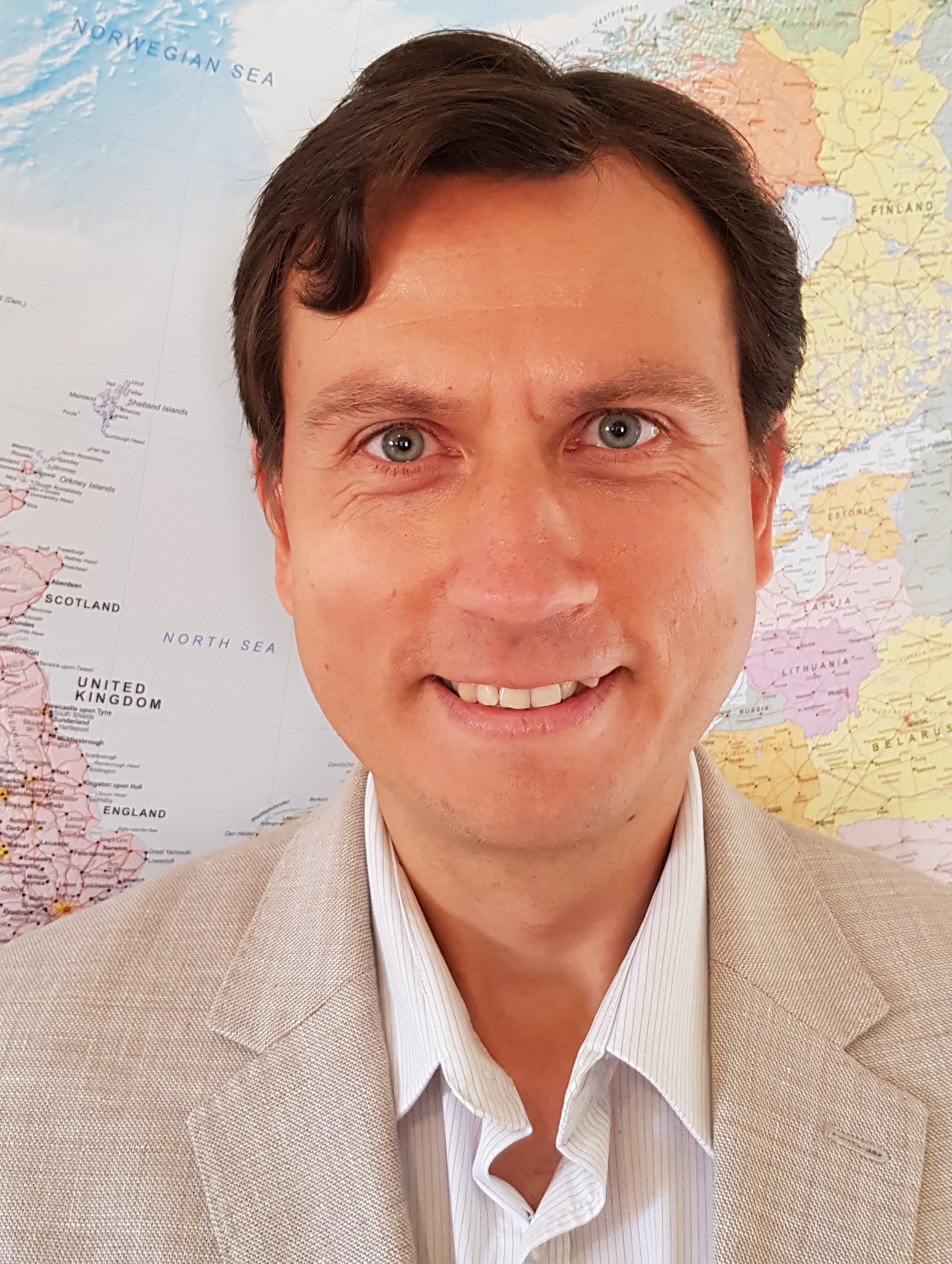Date: Tuesday 26 April 2022 – 14:00 (Europe/London)
Speaker: Dr Vitaliy Kurlin, Reader in the Computer Science Department and Materials Innovation Factory, University of Liverpool
Abstract
Any solid crystalline material (periodic crystal) consists of periodically translated unit cells of atoms or molecules. Since crystal structures are determined in a rigid form, the strongest and most practical equivalence of crystals is rigid motion (a composition of translations and rotations) or isometry (also including reflections). In the past, periodic crystals were classified by coarser equivalences such as space groups into 219 types (230 if mirror images are distinguished). However, the world's largest Cambridge Structural Database (CSD) of 1.1M+ existing crystals requires finer classifications.
The Data Science Theory and Applications group at the Liverpool Materials Innovation Factory developed generically complete and continuous isometry invariants for periodic sets of atomic centres. Computing these invariants for all 660K+ periodic crystals (full 3D structure; no disorder) in the CSD through 200 billion+ pairwise comparisons over two days on a modest desktop detected five pairs of "identical needles in a haystack". For example, the CSD crystals HIFCAB and JEPLIA are truly isometric, but one atom of Cadmium is replaced by Manganese, which should inevitably perturb a local geometry of atoms. As a result, five journals are now investigating the data integrity of the underlying publications.
These experiments justified the Crystal Isometry Principle, which states that any real periodic crystal is uniquely determined by its geometry of atomic centres without chemical information. Then all known and undiscovered periodic crystals live in a common Crystal Isometry Space (CRISP), so that Mendeleev's periodic table representing individual elements, categorised by only two discrete parameters (atomic number and group), can be extended into a continuous space for all solid crystalline materials. For instance, diamond and graphite, both consisting purely of carbon, have different locations in CRISP.
Biography
Dr Vitaliy Kurlin is a Reader in the Computer Science Department and Materials Innovation Factory at the University of Liverpool. His research is developing the emerging area of Periodic Geometry within Mathematical Data Science to resolve the long standing challenges of Crystallography and Materials Science. Since 2017 he has lead the Data Science Theory and Applications group at the University of Liverpool and since 2021 he is the Director of the Liverpool doctoral network AI for Future Digital Health. Vitaliy obtained his MSc in Mathematics and a PhD in Geometry and Topology from Moscow State University.
You can now watch the seminar on YouTube: https://youtu.be/tTuqjYtPVtU

